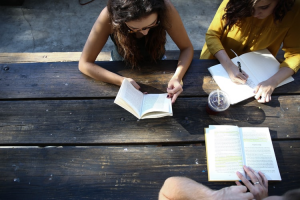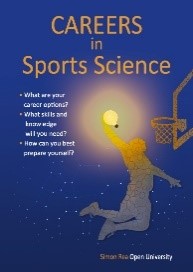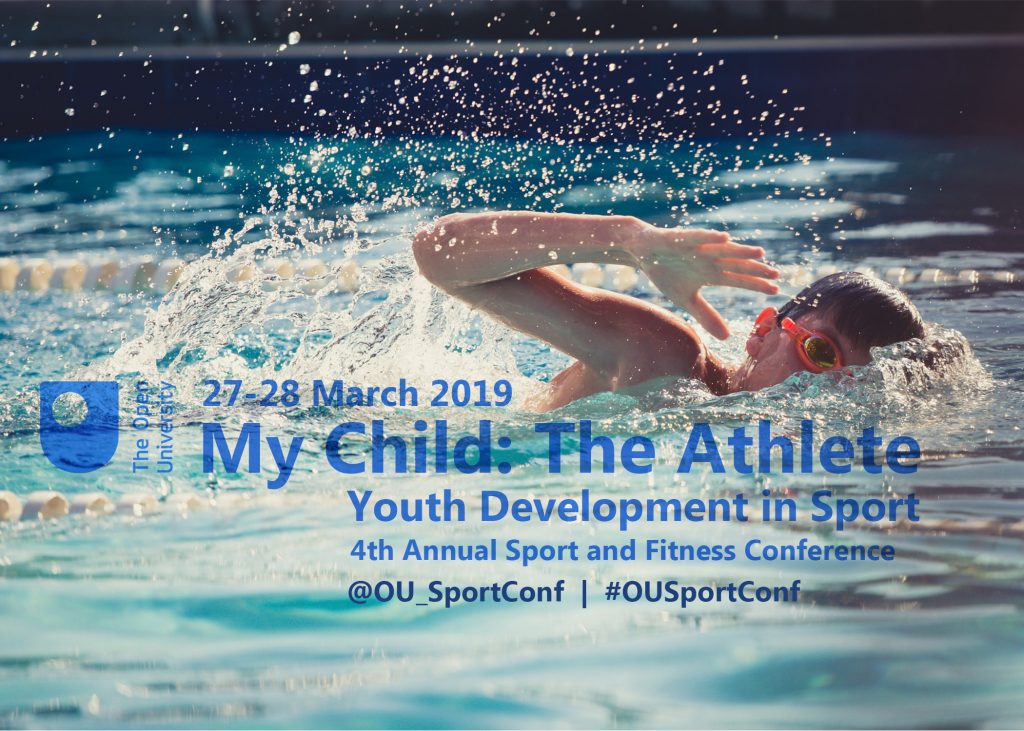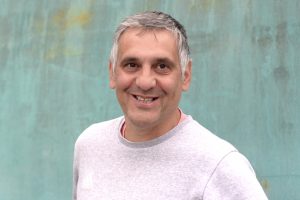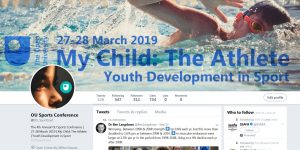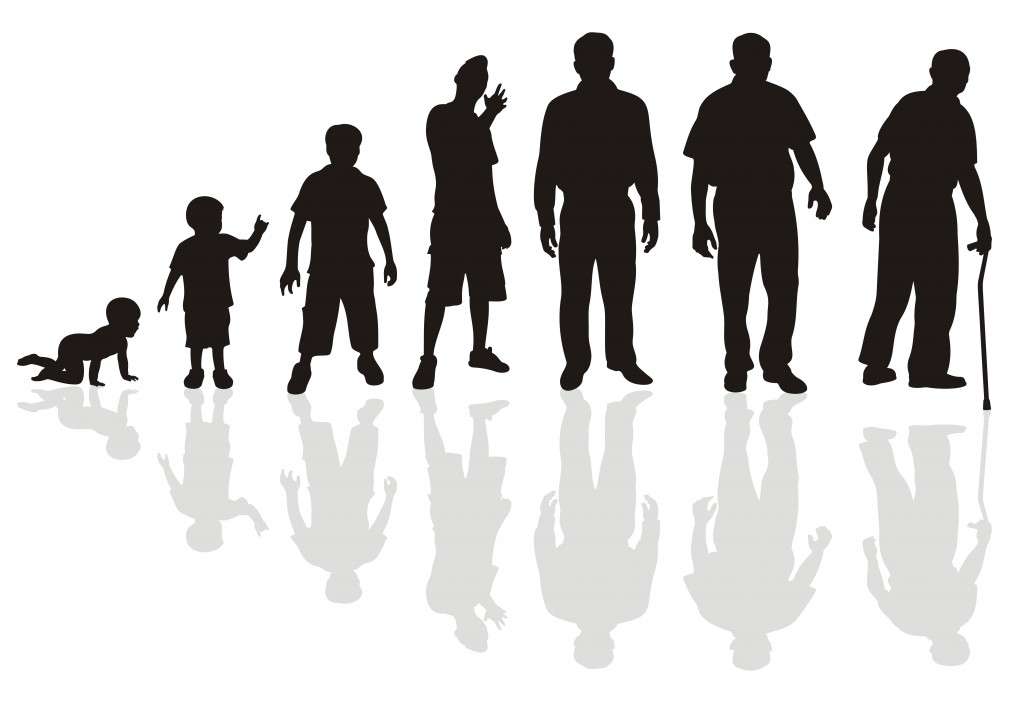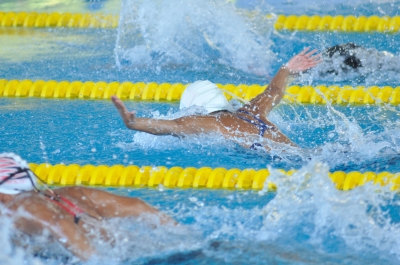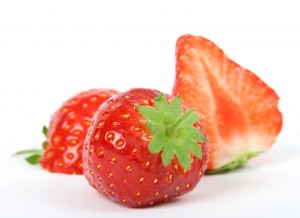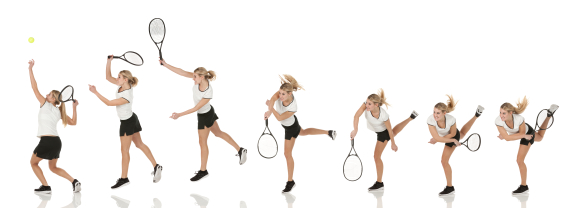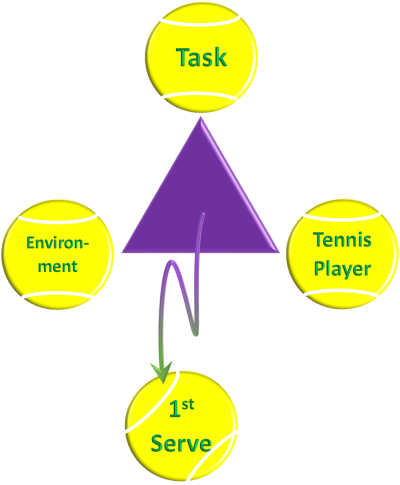By Dr Helen Owton
Explore how women are increasingly breaking into the traditionally male-dominated field of motorsport in this article.
Find out more about The Open University’s Sport and Fitness courses and qualifications.
The beginnings …
For decades, motorsport has been a male-dominated arena, with women constantly having to challenge not just their competitors, but entrenched barriers. Yet, as the world evolves, so too does the world of sport. Women are now pushing through these limitations, proving their grit and skill at the highest levels of racing. Their path has been anything but smooth, as motorcycling faced fierce opposition to female participation. When Beryl Swain became the first woman to race in the Isle of Man TT in 1962 , finishing in a remarkable 22nd place, the Fédération Internationale de Motocyclisme (FIM) banned women from competing, declaring it an unsuitable activity for women. One reporter summed up the misogynistic sentiment of the time: ‘Women, the weaker sex, are muscling in on man’s domain, practically no sport is sacred’. See also: Isle of Man TT: Meet the thrill seeking women who dare and A concise history of the Isle of Man TT: stories of legends and leathers .
But the story didn’t end there. In 1978, Hillary Musson became the 2nd woman to race a solo motorbike round the TT finishing in an even more respectable 15th place. Fast forward to 2005, when Maria Costello made history as the first woman to claim a podium finish in a solo race at the Isle of Man TT – one of the most dangerous and prestigious events in motorsport. These women’s success paved the way for other women to make their mark, including Carolynn Sells, who in 2009 became the first and, as of 2024, the only woman to win a solo race on the iconic TT mountain course. As a rider who has ridden round the mountain course, I can only imagine the speed at which these women flew!
In the world of the British Superbike Championships (BSB), Jenny Tinmouth firmly established herself as the most accomplished female racer to date. In 2011, she became the first woman to compete in the BSB. She also holds the record as the fastest female rider at the Isle of Man TT, reaching an average lap speed of 119.945mph in 2010 – surpassing Maria Costello’s Guinness World Record of 114.73mph set in 2004. Beyond racing, Tinmouth has made her mark as a stuntwoman in blockbuster films, most notably Mission Impossible: Rogue Nation alongside Tom Cruise.

Jenny Tinmouth
Trailblazing women
These women have not only shattered records but are now guiding the next generation of female riders. Maria Costello, in partnership with FHO Racing , is mentoring young women with the goal of helping them reach the top levels of racing. The FHO Racing initiative, founded by Macanese businesswoman Faye Ho, is dedicated to nurturing emerging female talent, breaking down the gender barriers that have long existed in the motorsport world.
With their support, riders like Costello are helping pave the way for the stars of tomorrow. The FIM also launched the inaugural Women’s Circuit Racing World Championship in 2024 , providing a global platform exclusively for female racers, showcasing the ever-growing opportunities for women in the sport.
Watch the following video: Maria Costello’s role in raising the next generation of female motorcycle racers . And you can hear from Maria Costello in The BBC Bikes Podcast, Maria Costello: The Racing Drug .
Women in Formula 1
But motorsports aren’t just about racing – they’re about creating lasting change. Susie Wolff has played a pivotal role in advancing the achievements of women in motorsports by paving the way in her achievements and creating the conditions through her role as Managing Director in the F1 Academy. The F1 Academy, which saw Abbi Pulling dominate the 2024 season , clinching the title with nine wins and 14 podiums, is a testament to the success of her leadership. Wolff’s efforts have been instrumental in shaping the future of women in motorsport and the impact is undeniable.

Susie Wolff
Just recently, Bianca Bustamante made history as the first female in McLaren’s Driver Development Programme. Meanwhile, Jessica Hawkins, Head of F1 Academy at Aston Martin Aramco , will represent Arm in 2025 as an Official Ambassador, championing opportunities for women in motorsport. Jamie Chadwick has been selected as the Grand Marshall for 63rd Annual Rolex 24 at Daytona meaning a woman will give the command to start engines for the twice-around-the-clock race at Daytona.
The most recent and exciting announcement in motorsport is the news that Laura Mueller has been promoted to the role of Race Engineer by Haas . While there is an increasing number of female engineers working in senior jobs in F1, Mueller is set to be the first to work in the role of race engineer. As a race engineer, she will work most closely with Esteban Ocon on the set-up and running of his car and will be the main link between the driver and the team on the track through radio communications. Additionally, Carine Cridelich will join Haas as new Head of Strategy after moving from their rivals Racing Bulls. These are just a few of the landmark achievements that underscore the growing impact of women in motorsport, and justify the increasing prize funds for 2025 .
Breaking barriers
This momentum of women in motorsports is accelerating faster than ever, with barriers being smashed and records being broken at every turn. Women are proving they belong at the top. In motorcycling, Ana Carrasco “beat the boys” by winning the World SuperSport 300 Championship race . Additionally, Sells beat the men on the mountain with a time of 1:25.24.51 on a 400cc Yamaha. The latest outright fastest time for Isle Man TT is held by Peter Hickman (16:42:778) in 2024 which is approx. 2.10 minutes faster than Tinmouth’s record set in 2010. However, SuperBikes have seen a significant advancement over the past 14years; in the mid-2010s superbikes began exceeding 200 horsepower with ShiftCam technology in 2019. Depending on the type of racing, track and series, with improved support, training, and equality in opportunities, this gap can certainly close over time and the likes of Sells and Carrasco have already proved they can set the pace. Now is the time to jump on board as this unstoppable wave of talent and opportunity continues to build, promising a future where women could lead the charge in motorsport.
Women to watch in 2025!
There are several talented females in motorsports and motorcycling making significant strides. Here are some of the most exciting up-and-coming female talents to watch for 2025.
Motorcycling
Maria Costello (UK): at the age of 51, FHO will also be sponsoring Maria Costello to race in the Isle of Man TT in 2025.
Anna Carrasco (Spain) has to be mentioned as she is the one to beat on the circuit in 2025! She was the 2018 SuperSport 300 World Champion and 2024 Women’s Circuit Racing World Champion. She continues to break barriers as she advances to the World SSP category joining a revamped Honda France Team with teammate Corentin Perolari.
Lissy Whitmore (UK) is an upcoming talent, starting at the age of 12. She competed in the 2024 FIM Women’s Circuit Racing World Championship (WorldWCR) with Sekhmet Racing, but she had a tough season with injuries cutting her campaign short. She is set to compete in the 2025 season of the WorldWCR. She has also expressed her interest in competing at the renowned Isle of Man TT.
Chloe Jones (UK) stunned everyone with her performance in the 2024 WorldWCR finale at Jerez in Spain on her wildcard debut. GR Motosport have announced that they will return to the World Superbike Championship Paddock entering Chloe Jones in the 2025 Women’s Circuit Racing World Championship (WorldWCR).
Motorsports
Ella Lloyd (UK): joined the MacLaren Driver Development Programme and will represent the team in the 2025 F1 Academy season with Rodin Motorsport.
Abbi Pulling (UK): became the first female race winner in the British F4 Championship and now she has further endorsed her potential by winning the coveted F1 Academy. As F1 champion, she receives a fully-funded drive in next year’s GB3 series as a member of the 2024 title-winning Rodin Motorsport team – the same outfit with which she has raced this season in both British F4 and the F1 Academy. To support her campaign, the prize drive also comes with a 20-day testing programme in the same car.
Laura Mueller (Germany): watch the first F1 engineer perform on the track with Esteban Ocon, on the set-up and running of his car.
2025 is indeed shaping up to be another landmark year for women in motorsport, as more females continue to break barriers and make their mark at every level of competition. With growing support, increasing opportunities, growing sponsorship and increasing prize funds, the future is looking brighter than ever for women in motorsports, featuring a year of defying expectations, achieving remarkable feats with breathtaking races, and groundbreaking milestones as they inspire a new generation of racing stars.

